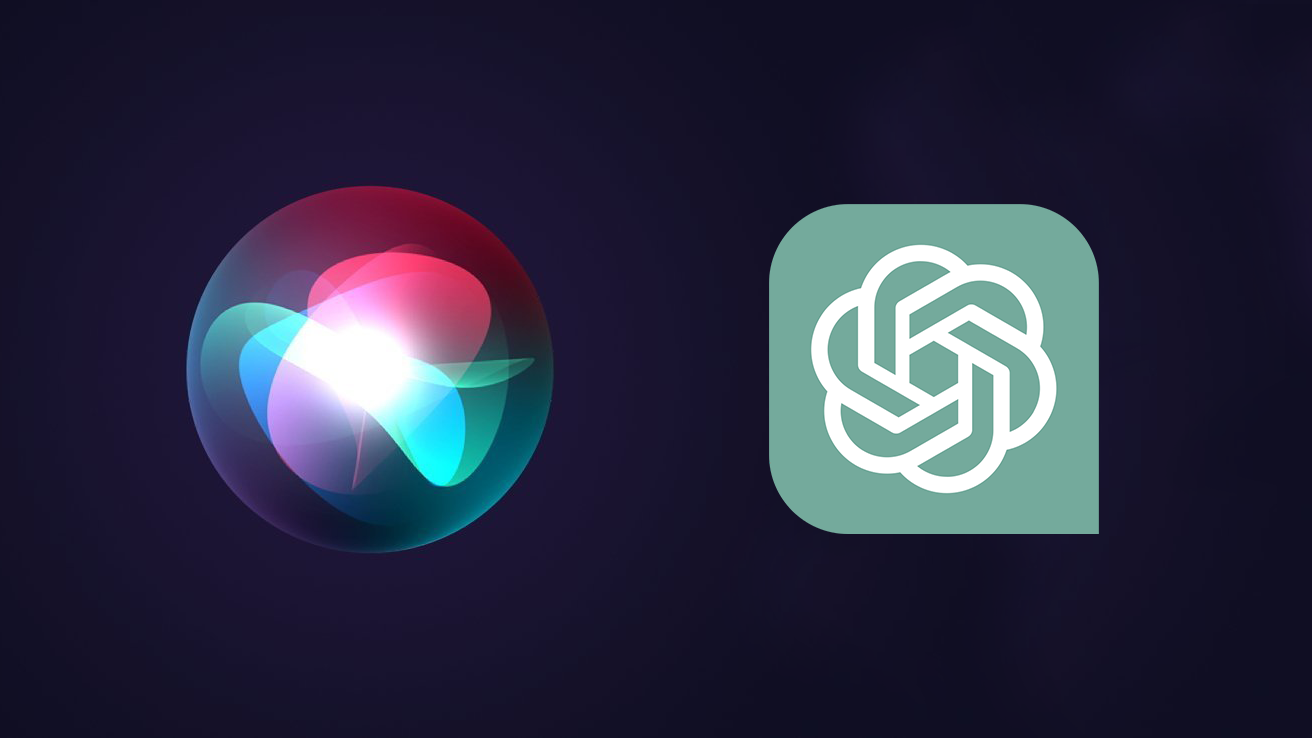Apple challenges OpenAI with their own generative AI "Apple GPT"
07/20/2023

07/20/2023

According to Bloomberg's Mark Gurman, Apple is quietly building its own framework for creating large language models, known as AppleGPT. The digital framework itself is called "Ajax" and the internal chatbot is called "Apple GPT." Large language models are AI-based systems that are at the heart of new offerings like ChatGPT, which allow users to have more natural and engaging conversations with virtual assistants. This comes only a couple of months after Tim Cook stated his own issues with how AI is progressing. Cook's main concerns with generative AI are correlated to the security. He believes there is potential for AI but there are a lot of issues that need to be sorted out before it can be seen as fully adopted.
Gurman also goes into detail about how Apple is already using its own AI:
"The company has already deployed AI-related improvements to search, Siri and maps based on that system. And Ajax is now being used to create large language models and serve as the foundation for the internal ChatGPT-style tool, the people said."
To go along with this, Apple was reportedly using their AI during the 2023 WWDC Event. This is mainly seen in the form of machine learning. The Ajax framework is used in Siri and can be seen through machine learning and language processing. Apple's AI can also be seen integrated into Apple Photos, on-device texting capabilities, and the recently launched, Vision Pro.
Apple GPT is a framework for creating large language models. Large language models are AI-based systems that can understand and generate human-like language. These models are used in a variety of applications, including virtual assistants, chatbots, and language translation. Apple GPT is designed to be fast, efficient, and scalable, allowing developers to create large language models that can run on Apple's devices.
Apple GPT is built on top of Apple's Metal Performance Shaders (MPS) framework, which is designed to accelerate machine learning tasks on Apple's devices. MPS provides a set of high-performance primitives for neural networks, including convolution, pooling, and activation functions. Apple GPT uses these primitives to build large language models that can run on Apple's devices.
Apple GPT can potentially offer several benefits for developers and users:
In conclusion, Apple GPT is a framework for creating large language models that can run on Apple's devices. Apple's commitment to creating innovative technology like Apple GPT is a testament to its mission and vision statement, and its dedication to enhancing the user experience. Apple GPT offers several benefits for developers and users, including improved privacy and user experience. Generative AI has been all the talk as of late, and the challenges are evident. With reports that executives aren't sure when to officially roll this out, one challenge is still trying to figure out a strategy for before officially launching the first Apple AI chatbot.